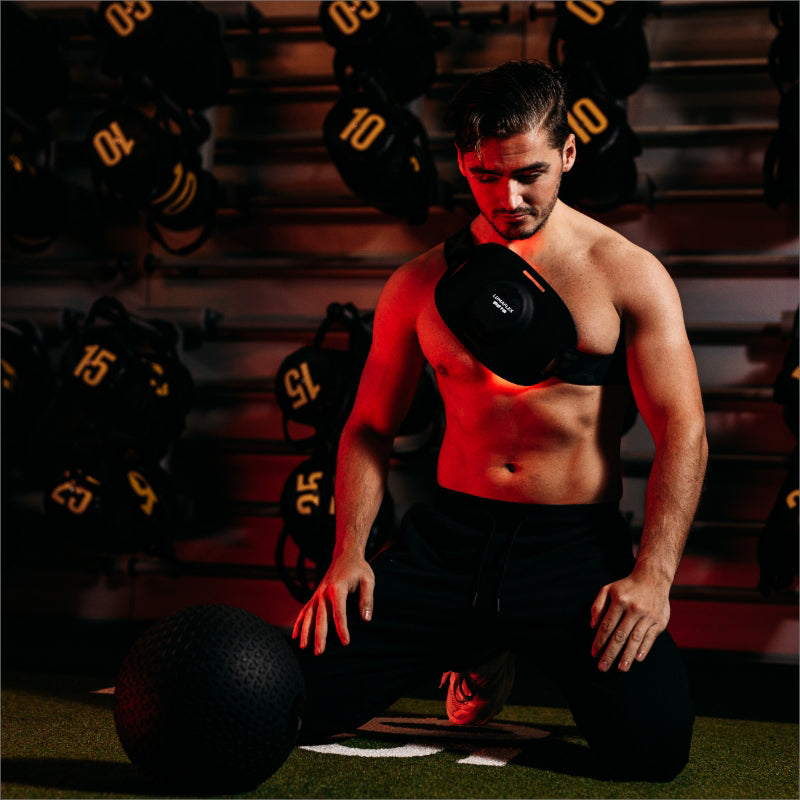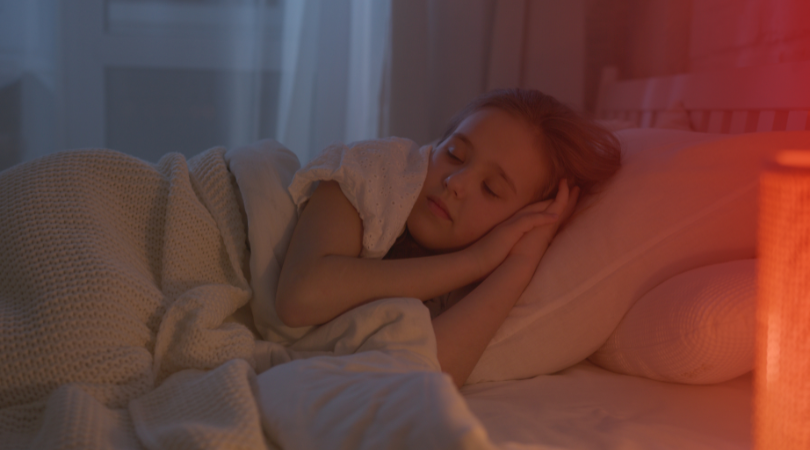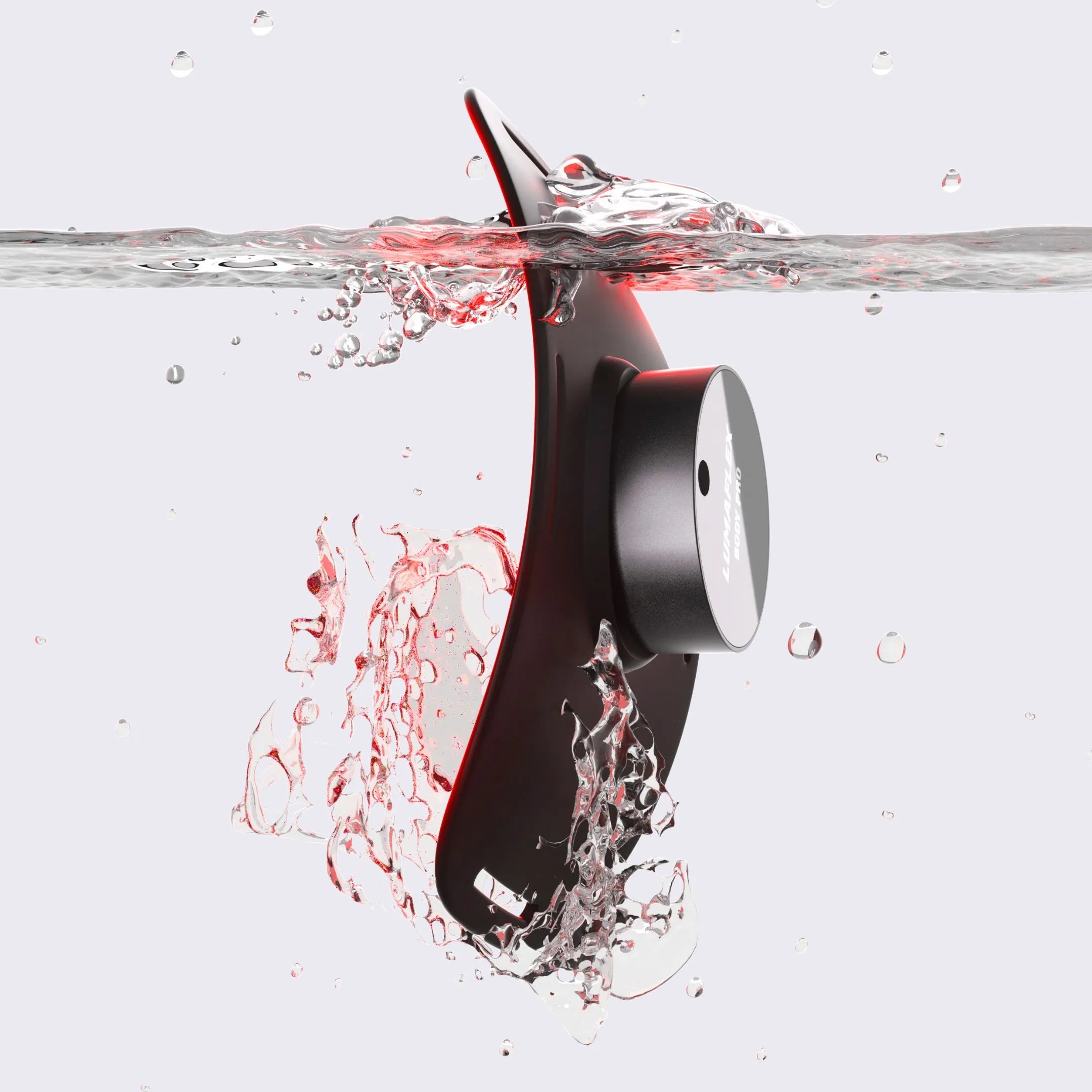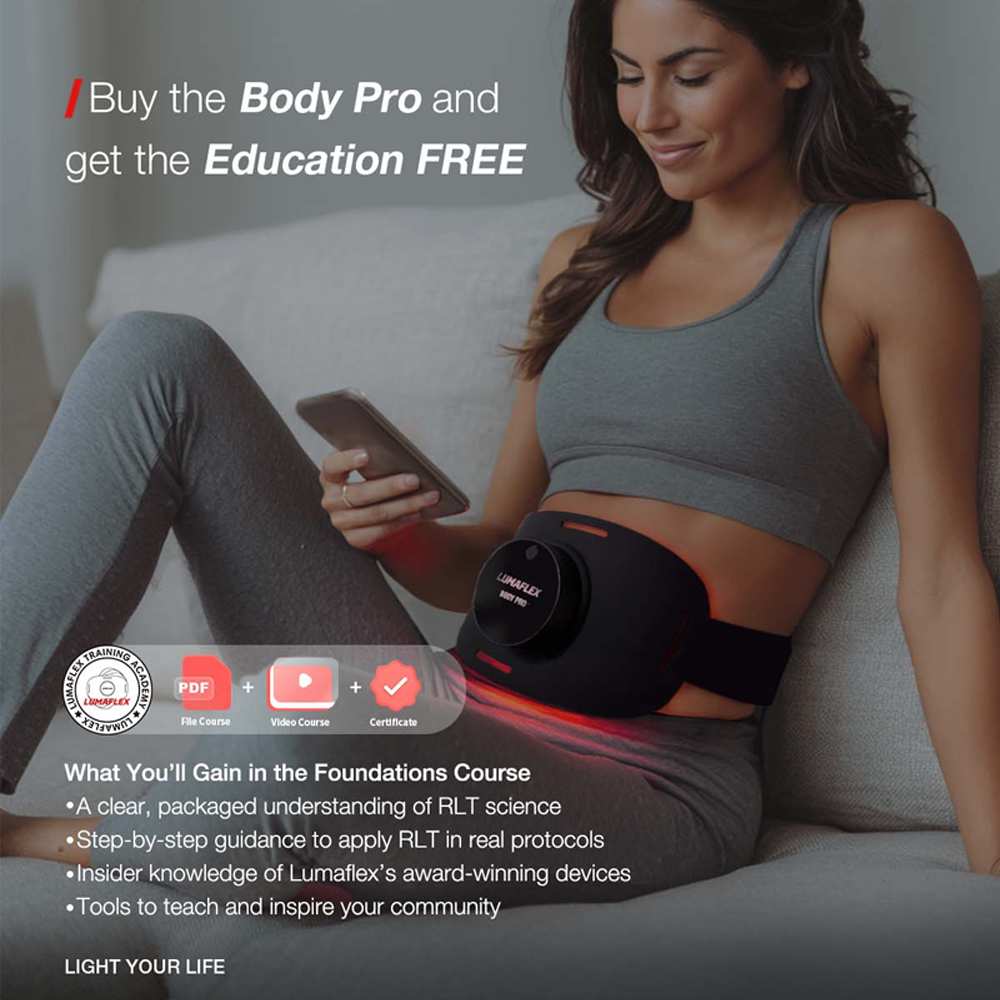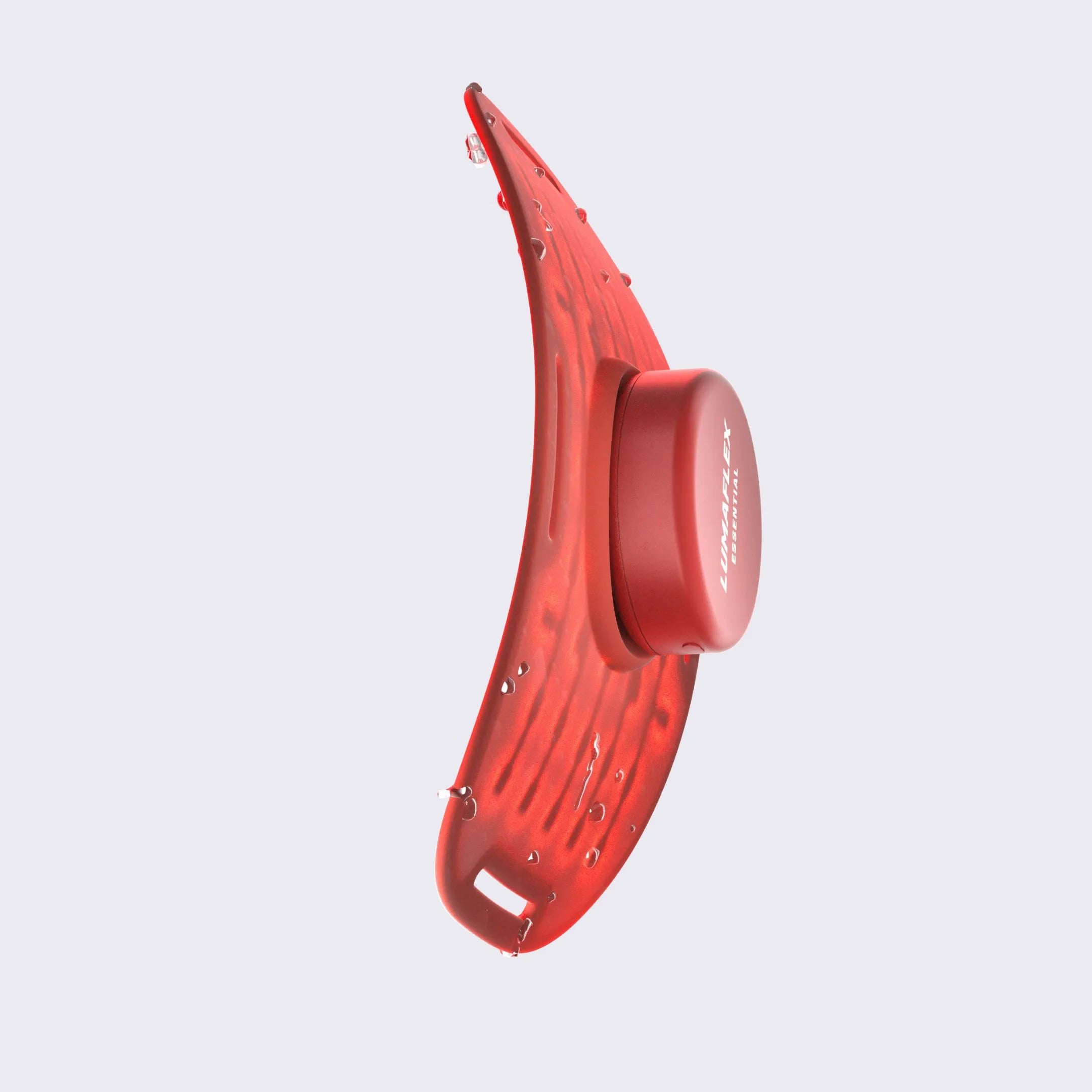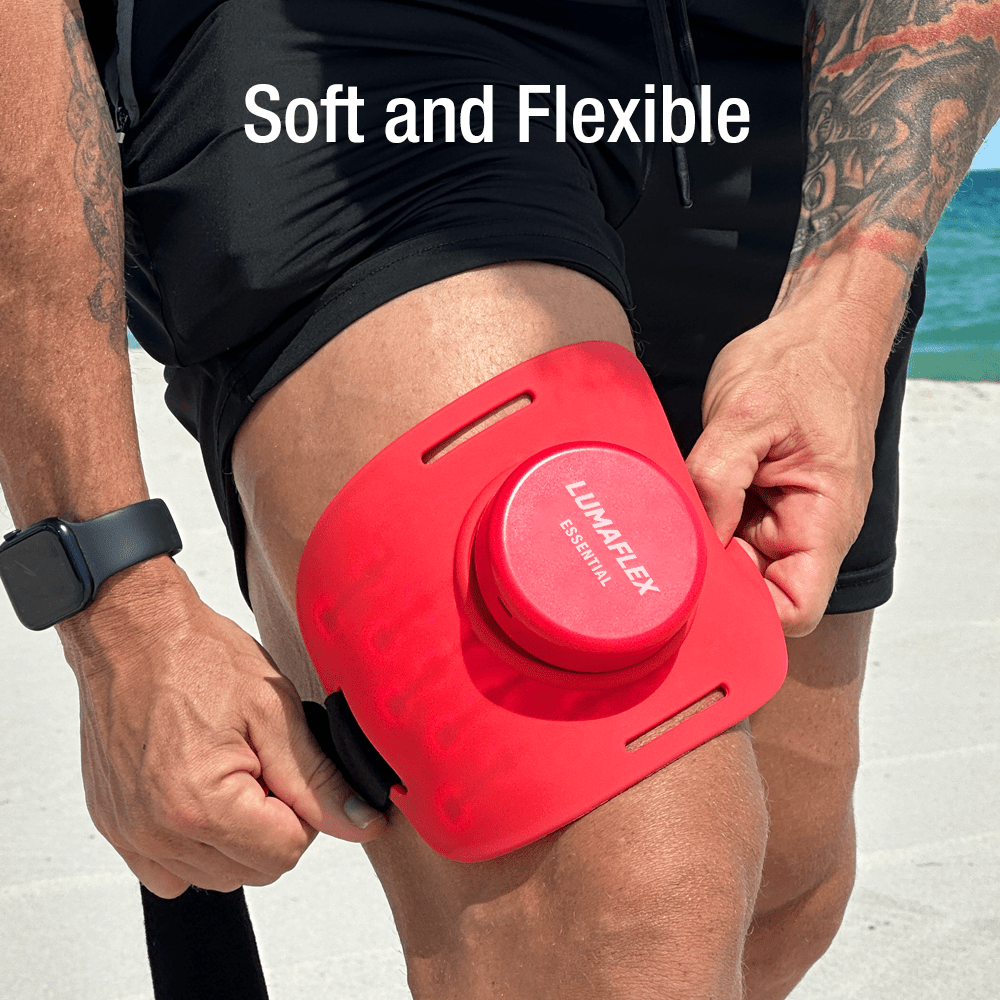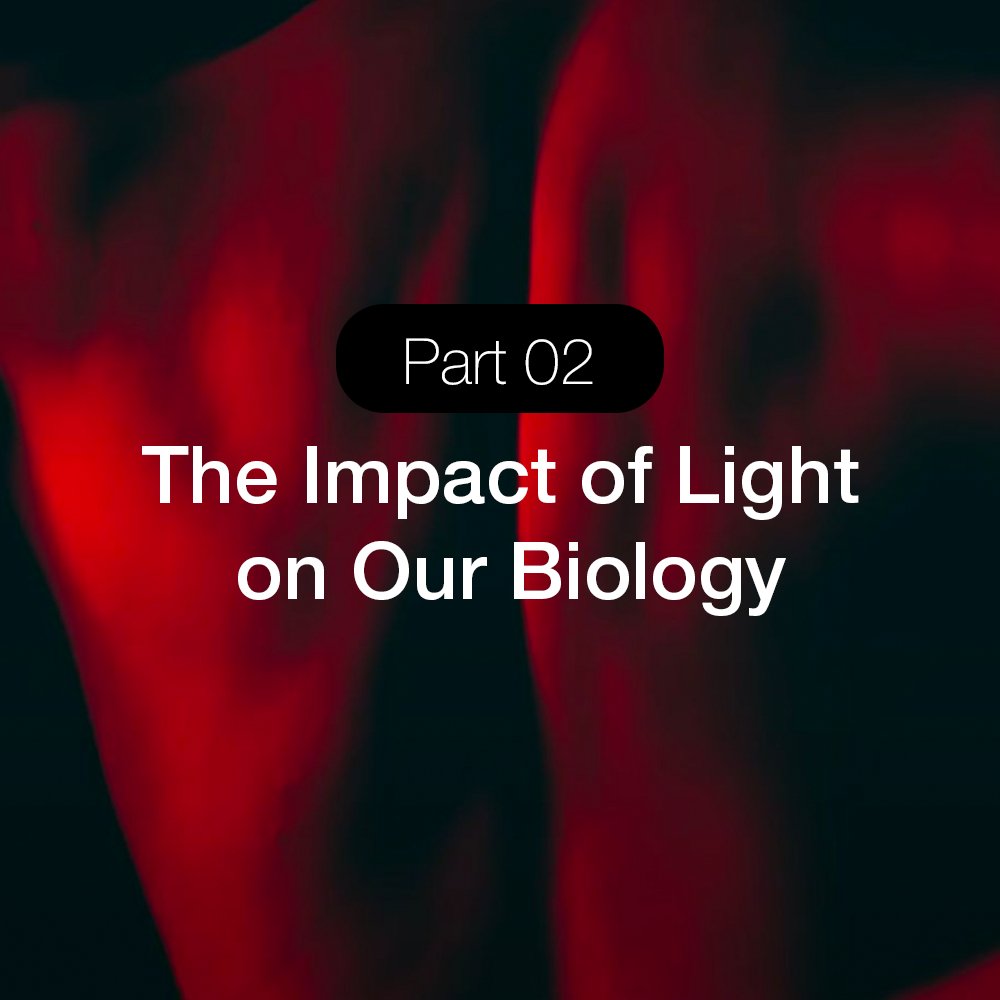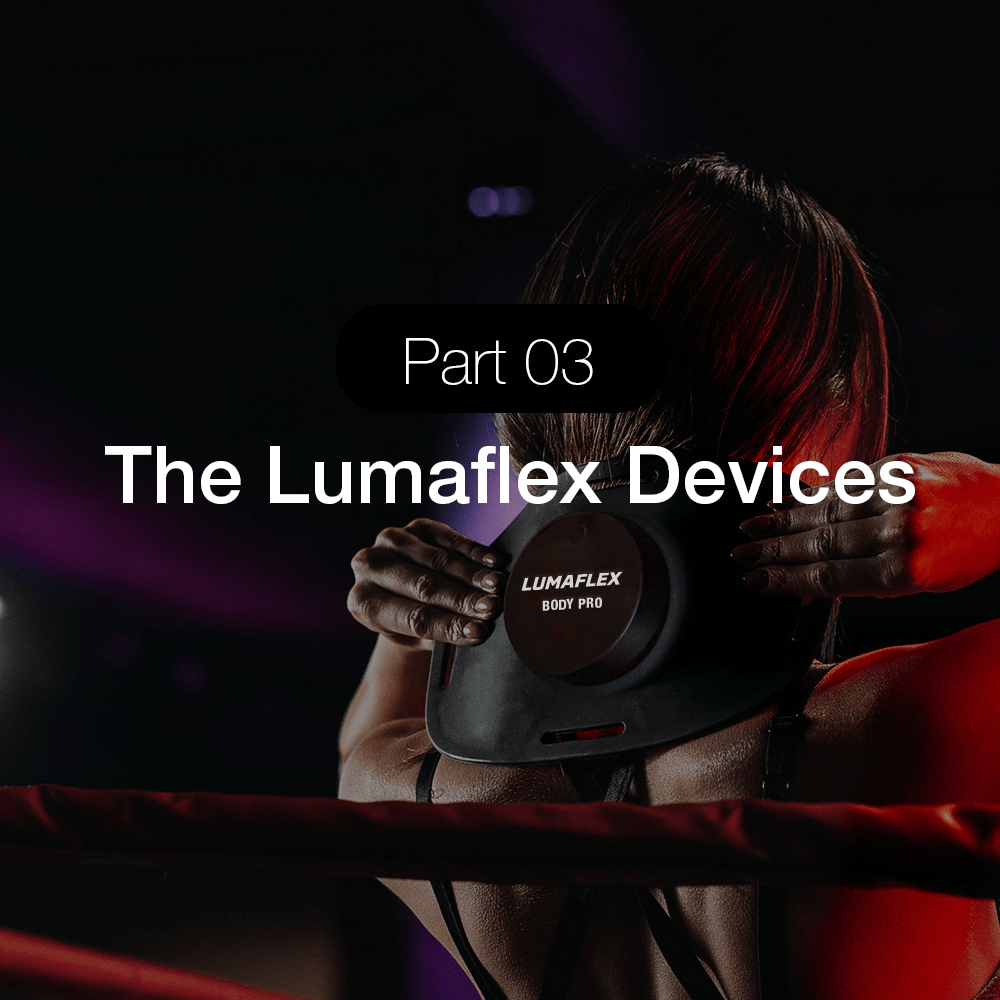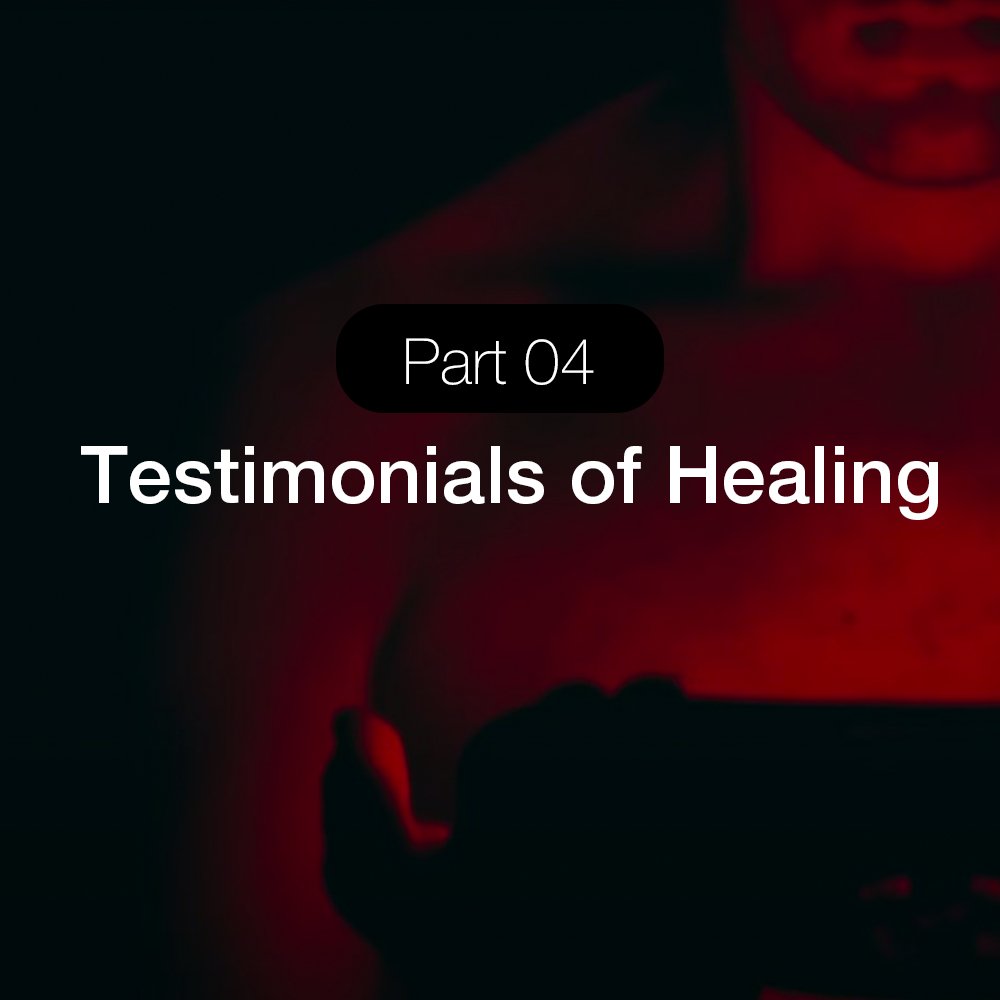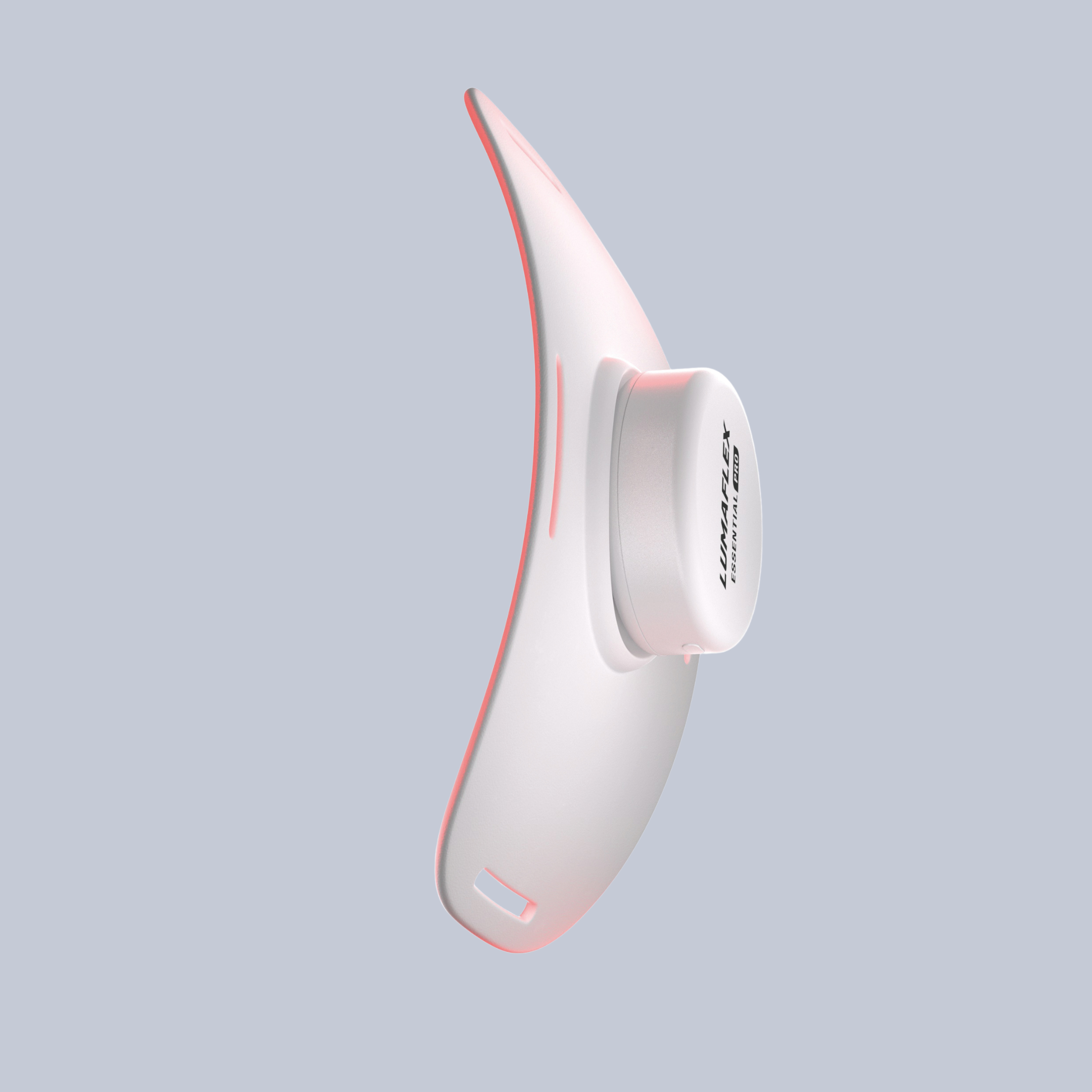Red Light Therapy for Pain Relief: How It Calms Inflammation Naturally
Red Light Therapy for Pain Relief - Pain impacts everything. It changes the way you move, the way you sleep, and the way you approach each day. When someone experiences discomfort for a long time, it begins to control your flow and rhythm. It decides what you can do, when you can take a break, and how far you can push yourself. I have witnessed this in patients and friends, and I have certainly felt it myself after an injury that never quite healed.
- 1. Living with Pain: You’re Not Alone
- 2. Why Pain Persists and How Red Light Therapy for Pain Relief Helps
- 3. How Red Light Therapy for Pain Relief Works Inside the Body
- 4. How Red Light Therapy for Pain Relief Supports Natural Healing
- 5. What the Research Says About Red Light Therapy for Pain Relief
- 6. How Red Light Therapy Supports Different Types of Pain
- 7. Red Light Therapy vs Traditional Pain Treatments: What Makes It Different
- 8. How to Use Red Light Therapy for Pain Relief
- 9. Why Lumaflex Is Built for Pain Recovery
- 10. Real Stories of Natural Relief
- 11. Light as Your Natural Recovery Partner
Living with Pain: You’re Not Alone
Pain can rub you the wrong way and there and there is no doubt in my mind that you have experienced it. Some days, it is a dull ache that you can manage. Then there are days where it is a full on stoppage. These days are your brakes, mentally and physically. Most treatments do work, and do work for a while. But, after a while, the pain becomes persistent and there is no help in sight to aid the body in the necessary recovery.
That is what makes red light therapy for pain relief so revolutionary. It does not seek to block the ache. It works to help the body deal with it, and that is the goal. Inflammation, cellular fatigue, and slow tissue repair are the main root causes. Red light therapy works by making your cells to generate more energy, and help your body repair.
It’s amazing to see someone go from taking daily pain meds to being able to move freely and confidently after receiving consistent light therapy. This isn’t a treatment that claims to fix everything in a day, but there’s no doubt that real improvements are made, week after week.
You might be thinking, "How could light possibly be a treatment?" Still, the research on light therapy speaks for itself. In the section, we will discuss what pain and inflammation factually are and what makes red light therapy effective in providing long-lasting affordable relief.
Why Pain Persists and How Red Light Therapy for Pain Relief Helps
Your body’s way of letting you know something needs attention is through the sensation of pain. It is an alarm system designed to protect you. When the alarm gets stuck, and lingering inflammation remains long after an injury should have healed, the system gets stuck in a loop of discomfort. Frustration starts to take over when temporary fixes stop working.
There is no need to panic. Inflammation is part of your body’s natural healing process. It helps draw blood flow and nutrients to the injury site. For a short time, inflammation is a useful and healthy response. Inflammation becomes a problem when it is chronic and لا longer temporary. Inflammation persists and longer than it should. Tissues become irritated and your body feels stiff and heavy.
Pain treatments in traditional medicine, such as painkillers, simply aim to block the pain signals and take no steps to actually repair damage. Pain relief through red light therapy helps your body heal by rebalanicing it as opposed to just masking the symptoms.
- Red light therapy for pain relief provides your body and joints with light energy that penetrates deep in the body and provides relief to areas that topical creams or heat packs cannot reach.
- Mitochondria absorb light to create more ATP. ATP is the energy cells use to heal themselves.
- Inflammation markers start to decrease. Naturally, the swelling and soreness begin to ease.
- There is an improvement in circulation. Oxygen and nutrients are more readily available to, and evenly distributed among, the damaged tissues.
- There is an alleviation of pain, cell regeneration, and restoration of the previously affected area’s mobility and equilibrium.
For some, this may be the first time in many years that they have been able to experience genuine relief that doesn’t come from medications or other types of more extreme treatment options.
The next section will discuss why so many health professionals and athletes incorporate red light therapy into their daily routines and how it supports the body’s recovery systems on a cellular level.
How Red Light Therapy for Pain Relief Works Inside the Body

The Role of Cellular Energy
Mitochondria are present in every cell of your body. These powerhouses make adenosine triphosphate (ATP), which is the energy molecule used to help repair your body on a cellular level. This process stops or slows down when there is pain or inflammation. Stressed cells are unable to produce the energy required to heal the body efficiently.
How Light Stimulates Healing
This is where red light therapy for pain relief comes in. Cells absorb the red and near-infrared wavelengths which range from 630 to 850 nanometers. This range of light stimulates the cells to produce more mitochondria. The more ATP the body has, the more tissue repair can take place, and the body can address oxidative stress and inflammation in a more efficient manner.
What Happens During a Session
Here’s a simplified breakdown of what happens inside your body:
- Light penetrates through the skin into muscle and joint tissue.
- Mitochondria use the light energy to increase ATP production.
- More ATP supports faster recovery and less inflammation.
- Reduced inflammation helps ease the body’s natural pain response.
The Science Behind Pain Relief
Photobiomodulation has been scientifically proven to reduce TNF-α and improve inflammatory reactions and blood flow. Research has indicated that the use of light therapy to relieve pain allows chronic pain to be alleviated over time and allows improvement of tissue health and mobility.
Real-World Experience
Personal use of red light therapy showed remarkable conveniences. Post workout soreness diminished and eased. Loosening of the knees was noticeable in the morning. After a lengthy day the body was sore, but several weeks of therapy removed the dull ache. Understanding the therapy showed that the body was able to heal itself with the use of light.
How Red Light Therapy for Pain Relief Supports Natural Healing
Knowing the fundamentals of red light therapy is one thing; seeing it work is another. For the last few years, researchers have studied the ways in which light reduces pain and inflammation in the body. The results have been truly remarkable.
1. It Calms Inflammation at the Source
Chronic inflammation often causes pain. Damaged or stressed tissues release signals that cause inflammation and trigger a cascade of swelling, redness, and pain. Red light therapy down the release of TNF-alpha and prostaglandins, which help ease the body’s response. The end result is reduced swelling, improved blood flow, and relief from the stiffness of sore muscles or joints.
2. It Boosts Cellular Energy
Red light therapy helps relieve pain by increasing tissue energization. Red and near infrared light therapy increases the production of ATP by targeting the mitochondria, the energy centers of the cells. With more ATP to work with, the body remedies tissue damage faster. This helps relieve pain and enhances recovery.
3. It Improves Circulation and Oxygen Flow
Increased microcirculation and blood flow will ensure damaged tissue receives the oxygen and nutrients it needs to heal. Red light improves microcirculation by promoting the formation of new capillaries. This new blood vessel formation helps alleviate chronic pain by resolving blood flow stagnation.
4. It Encourages Nerve and Muscle Repair
Light therapy can ease the pain of sciatica and neuropathy. It helps ease the pain of the nerves and brings equilibrium to the nervous system. It alleviates muscle tension which can assist in making movement easier and more fluid after repeated application.
5. Backed by Science and Real-World Results
Studies show consistent results in pain and mobility improvement with users sticking to a consistent routine. From my experience coupled with feedback from Lumaflex users, the process seems to lunge relief in the first weeks. This compartment with the therapy seems to reduce soreness post-activity, improve flexibility in the mornings, and lighten the targeted areas significantly. Over a stretch, the results show clearer improvement- pain minimizes and movement maximizes.
What the Research Says About Red Light Therapy for Pain Relief
The science involved in using red light therapy for pain relief is straightforward. For over twenty years, researchers have studied how different light wavelengths affect human tissue. The primary conclusion is clear and uncomplicated. When light energy penetrates the cells, the inflammation decreases, and the body repairs itself more effectively.
Clinical Evidence at a Glance
| Study | Publication | Key Finding |
| Eastern Ukrainian Medical Journal (2024) | Randomized study on TEMPORO¬MANDIBULAR JOINT DYSFUNCTION patients | Participants reported up to 50% pain reduction after consistent red light therapy sessions over six weeks.4 |
| Communicative & Integrative Biology (2021) | TLR-4 dependent hyper-inflammation of the type induced by COVID-19 | Infrared light therapy reduces inflammatory markers by significantly decreasing the TLR-4 dependent inflammatory response pathway and cytokine expression, with an 80% decline in IL6 after 48 hours of treatment. |
| Antioxidants (2022) | Review of Photobiomodulation Therapy (PBMT) Minimize Exercise-Induced Oxidative Stress | PBMT reduces oxidative damage and increases enzymatic antioxidant activity post-exercise ; based on a systematic review and meta-analysis of eight studies with 140 participants; moderate to excellent methodological quality. |
These findings point to a shared conclusion. Red light therapy supports healing at the cellular level rather than just masking symptoms. That’s a major difference from painkillers or topical creams that only provide temporary comfort.
Why This Matters for Everyday Pain
Inflammation is a common problem whether you are dealing with arthritis, chronic pain in your back, or muscle soreness after a workout. Red light therapy allows your body to harness the energy it needs to heal inflammation on its own. In the long run, this equates to fewer flare-ups, reduceds stiffness, improved flexibility, and decreased medication.
From my experience with regular recovery routines and testing Lumaflex devices, noticeable results begin to appear around the third to fourth week. You begin to experience a smoother recovery, and the stiffness and soreness begins to fade. You don’t need to increase the effort you are putting in, build the results with small sessions instead.
How Red Light Therapy Supports Different Types of Pain
Each person experiences pain differently. It could be due to arthritis, the tormenting stiffness from an intense workout, or nerve pain that lingers for a while even after an injury has healed. The great thing about red light therapy for pain relief is that it treats the irritation source instead of just masking the feeling. Red light therapy for pain relief is great for all of the above scenarios.
Joint Pain and Arthritis
Do painful and aching knees, stiff shoulders or swollen fingers sound familiar to you? You are certainly not alone. Pain in the joints commonly occurs when the cartilage has thinned and built up inflammation when the connective tissues or joints are surrounding it.
Pain red light therapy offers all of that mentioned above and then some more. In addition to this, therapy improves mobility, reduces stiffness or even better, flexibility in the joints.
Muscle Soreness and Post-Workout Fatigue
Recovery can seem tedious for athletes and gym enthusiasts alike. Thankfully, sore muscles can be treated effectively with red light therapy. This same form of therapy can also improve blood circulation, reduce lactic acid build-up, and enhance recovery between training sessions. Many clients report that after undergoing red light therapy for a week or so, the diffuse tenderness of sore muscles is greatly diminished and relaxation is significantly facilitated.
Nerve Pain and Sensitivity
Nerve pain conditions like sciatica and neuropathy are really hard to cope with. This pain is often shooting or burning and unfortunately, it cannot be treated with medication. Pain relief is possible with light therapy, but one needs to be patient. This therapy calms nerve inflammation and assists cell regeneration around the painful area. Although initially there is no pain relief, a lot of people report discomfort easing after the first week of therapy and there is progressive improvement.
Back and Neck Tension
Chronic back and neck tension due to prolonged desk work or years of strain can limit movement. Back and neck tension can become chronic and limit movement. Deep tissues can be “massaged” with red light therapy. Relaxing the tissues improves circulation to muscles and promotes deep relaxation. Range of motion can be “massaged” with deep relaxation of the tissues.
Localized vs. Full-Body Relief
Pain relief can be in the form of a targeted area or a full-body recovery session. Lumaflex devices work for either option. Targeting specific pain points can be accomplished with smaller tools like the Lumaflex Essential, while larger areas like the back, hips, or legs can be addressed with the Lumaflex Body Pro.
The consistent theme across these applications is simple. Red light therapy for pain relief works best when used regularly, giving your body the signal to heal instead of forcing it to adapt through medication or rest alone.
Red Light Therapy vs Traditional Pain Treatments: What Makes It Different
Most people consider painkillers, physical therapy, or injections when trying to relieve pain. While these provide some relief in the short term, they fail to address the fundamental issue. Red light therapy helps the body self-overtake.
1. Pain Medication
As a temporary solution, pain medication works by blocking pain signals to the brain. However, it does nothing to address inflammation and tissue damage. More importantly, it poses side effects such as fatigue, depression, and digestive issues.
In contrast, red light therapy for pain relief precisely ‘restores the balance’ and works in the damaged tissues. More importantly, it helps the body recovery naturally.
2. Physical Therapy
Exercise encourages the body to move more easily and more efficiently. Unfortunately, recovery from an injury or illness involving pain and inflammation can be sluggish and frustrating.
When light therapy is added to routine physical therapy, the results improve even more. Red light therapy reduces and calms inflammation, relaxes muscle tension and prepares deep (or connective) tissues to be progressively stretched or strengthened. This can improve the speed of recovery and help maintain comfortable range of motion with minimal effort.
3. Corticosteroid Injections
To bring inflammation down quickly, one can use corticosteroid injections. While they help with short-term pain, the relief fades and the tissues become more prone to weakening and irritation with further injections.
With Red light therapy, the opposite is true. It encourages pain stimulus to fade by increasing cell energy and repair response on a targeted body part. This leads to the more effective and long-lasting resolution of pain.
4. The Red Light Therapy Advantage
Compared to conventional methods of treating pain, red light therapy’s benefits include being non-invasive, drug-free, and non-traumatizing to the body. It does not just mask discomfort. It facilitates the recovery process.
It may be used in conjunction with therapy or on an at-home device to extend results post therapy. Many find with regular use, there are sustained improvements in mobility, energy, and overall comfort as opposed to just temporary relief.
“Red light therapy does not cover up the pain. It teaches your body how to heal.”
How to Use Red Light Therapy for Pain Relief
Achieving desired outcomes with red light therapy for pain relief involves an understanding of timing, consistency, and the precise targeting of tissues. The positive aspect of therapeutic red light treatment is that, once the appropriate body rhythm for the therapy is identified, integration into the daily routine becomes seamless.
The following is a brief overview based on empirical research and clinical practice.
| Timing | Duration | Frequency | Target Area | Goal |
| Morning or after activity | 10–15 minutes | 4–6 times per week | Pain site | Reduce inflammation and stiffness |
| Chronic pain management | 15–20 minutes | Daily | Joints or back | Steady pain control and tissue repair |
| Mobility and recovery | 10 minutes | 3–5 times per week | Full-body or focused area | Support flexibility and circulation |
Finding Your Ideal Routine
Begin with 10-minute light therapy sessions and assess your body’s reactions. As you become accustomed to the therapy, you may increase the session length and/or frequency for optimum results. Initial relief may be experienced as early as one week, whereas relief for long-standing conditions may require several weeks of therapy.
Most people engage with their Lumaflex device during sessions of reading, stretching, or relaxation, as its heat, like sunlight, is gentle, soothing, and free from harmful ultraviolet radiation.
Pairing with Movement and Recovery
Light therapy works best when paired with gentle activity. For example:
- Use it after a walk or workout to reduce soreness.
- Combine it with stretching or massage to improve circulation.
- Try it before bed to calm inflammation that builds during the day.
The more regularly you use your Lumaflex device, the more lasting and noticeable your pain relief will become. Consistency turns short sessions into long-term healing.
Why Lumaflex Is Built for Pain Recovery

Pain relief through red light therapy requires investing in the right device. Factors such as wavelengths, intensity, and convenience of daily use ultimately dictate its effectiveness. With these concerns in mind, we have made the science of clinical therapy Lumaflex compatible with your schedule, whether you have recently completed an intensive workout or have long-term inflammation to manage.
Lumaflex incorporates and synergistically utilizes the dual wavelengths of 630 nanometers (red light) and 850 nanometers (near-infrared light) to achieve therapeutic efficacy. The red light component alleviates inflammation and promotes blood flow, while the near-infrared light component soothes deeper tissues such as muscles, joints, and their connective tissues. This multi-tiered mechanism of action promotes healing and pain relief from the inside rather than masking the problem.
Unlike other pain relief treatments which focus on healing symptoms, Lumaflex devices are designed to work with your body. Each session promotes healing tissue by decelerating and arresting the tissue breakdown process. The injured tissue responds to therapy by ATP synthesis, which the user experiences as gentle warmth and deep relaxation in the sore region after the.
What distinguishes Lumaflex is its flexibility and usability. Each device is:
- Battery-operated and transportable to use at home, the gym, and even on the road.
- Long lasting and waterproof to help during post-exercise recovery or extended use.
- Scientifically designed to ensure the correct tissue depth receive the precise therapeutic wavelengths.
Numerous users suffering from chronic pain, musculoskeletal arthritis, or muscle stiffness report improved mobility within weeks. While Lumaflex therapy is not a substitute for physical activity and medical treatments, it is a dependable adjunct to your current health regimen.
With Lumaflex, recovery is as straightforward and effortless as it should be. It provides your body the most important component for lasting relief: consistent light to stimulate natural repair.
Real Stories of Natural Relief
When people new to red light therapy for pain relief first start to use it, they tend to wonder whether it will make any difference. Seeing the difference it makes is best shown by people who have experienced it first hand.
Having knwown knee stiffness for years after running, I decided to try Lumaflex expecting nothing. After a couple weeks of use, I started noticing tightness on the mornings subsiding. The dull aching pain that i used to have after long walks was gone. It of course wasn’t a sudden change, but a steady ebb of stiffness and a return of mobility that was most pleasing.

Another, a retired yoga instructor user explained that she started using Lumaflex Body Pro for shoulder inflammation and stated; “It’s not about quick fixes anymore. It’s about supporting the body's natural healing pace and the light helps do that.”
These stories hold a consistent tone. Medications and treatments don’t always have to work. The body itself will heal, and the body should know how to do that.
Users of Lumaflex frequently report a sensation of warmth, ease, and lightness in previously tense or swollen areas. They also rediscover the confidence to move unhindered once more.
Light as Your Natural Recovery Partner
Pain shouldn’t dictate what you do each day. Our bodies can fix themselves. Sometimes, they just need a little help. With red light therapy for pain relief, you assist your cells so they can regain balance, lower inflammation, and heal from within.
Using Lumaflex regularly can make the process of recovery more empowering and less frustrating. Red light therapy tells your body to heal naturally, whether you’re trying to get sore joints to loosen, relieve muscle stiffness, or regain pain-free movement.
Therapy works through cumulative effects packed within each session. No improvement is too small. That is the hidden strength of light.
Take the next step:
Explore how Lumaflex can help you find lasting relief and natural recovery. Visit the Lumaflex Academy to learn more about the science of inflammation and healing.


